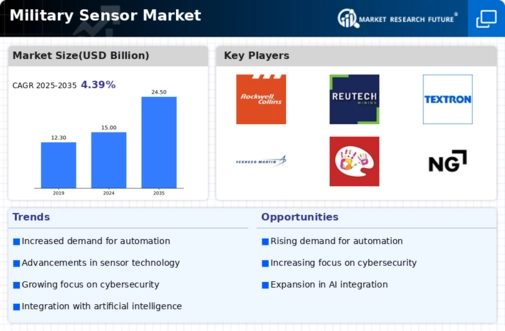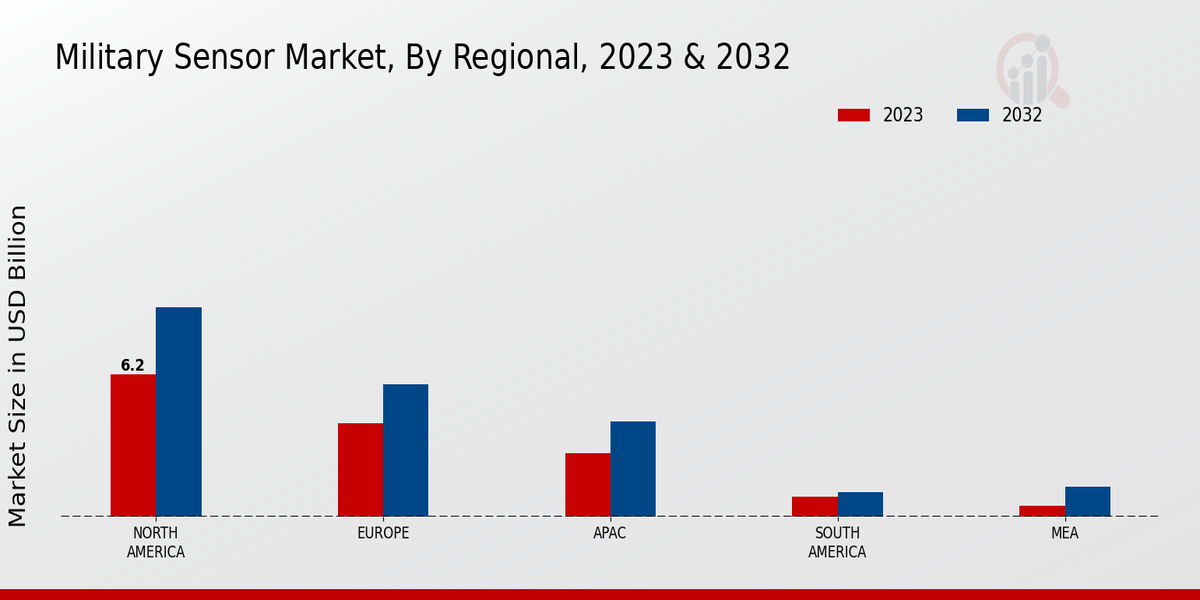The Military Sensor Market is characterized by fierce competition and rapid advancements in technology, driven by the increasing demand for sophisticated sensors that enhance military capabilities. Various players in this market are focusing on the development of cutting-edge technologies to offer innovative military sensors that provide a strategic edge in numerous defense applications.
This surge in technological evolution has led to diverse sensor applications including reconnaissance, surveillance, and targeting among others. With nations globally investing heavily in military modernization programs, especially in areas like artificial intelligence, unmanned systems, and networked warfare, the competitive landscape is becoming increasingly dynamic.
Market players are continuously striving to establish themselves as leaders by enhancing their product offerings, streamlining their supply chains, and forging strategic partnerships with governments and other businesses.
Rockwell Collins has established a robust presence in the Military Sensor Market, largely attributed to its extensive experience and expertise in the aerospace and defense sector. The company is recognized for its innovative approach to integrating advanced sensor technologies that enhance situational awareness for military personnel.
A key strength of Rockwell Collins lies in its ability to provide end-to-end solutions that encompass not only the sensors themselves but also the necessary data management systems for processing and interpreting sensor data accurately.
This comprehensive offering enables Rockwell Collins to cater effectively to different branches of the military, ensuring that its products meet various operational requirements.
Moreover, the company's commitment to research and development enhances its capacity to stay ahead of technological trends, allowing it to deliver high-performance sensors that adhere to the stringent demands of modern military operations.
General Dynamics holds a significant position in the Military Sensor Market through its unwavering focus on innovation and quality. The company specializes in providing a diverse range of sensor systems that leverage state-of-the-art technology for operational superiority.
General Dynamics benefits from a strong financial footing, allowing for sustained investment in research and development, which enhances its product portfolio. The company’s emphasis on collaboration with military clients enables it to tailor its offerings to meet specific needs, thus fostering long-term partnerships.
This strength is also reinforced by General Dynamics' commitment to integrating emerging technologies such as machine learning and artificial intelligence into its sensor solutions, ensuring the delivery of highly efficient and reliable systems.
By focusing on delivering advanced military sensors that enhance operational capabilities, General Dynamics has positioned itself as a reliable partner for defense organizations globally.












